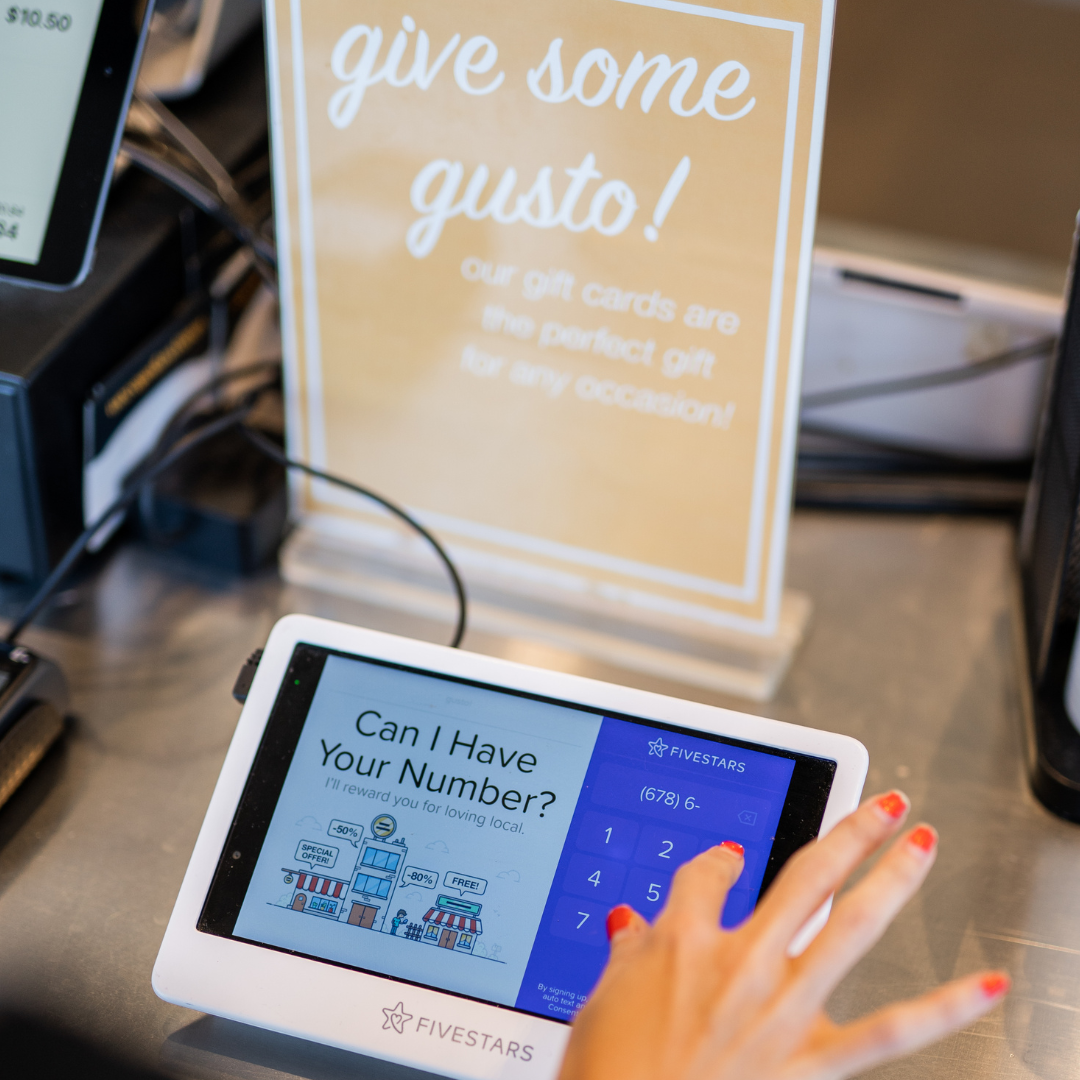Call Sales: +1 (833) 437-3835
Call Sales: +1 (833) 437-3835
Coral Drake | May 2, 2024 |

Customer choices are vast, and brand loyalty is volatile, but digital loyalty programs are an effective way to secure a dedicated customer base. Leveraging online loyalty fosters long-term relationships with customers, but the old digital punch card isn’t going to do it anymore.
Building loyalty in today’s customer demands a robust online loyalty scheme that is highly personalized and responsive. Here’s what you need to know to build a digital loyalty program that engages your customers.
Online loyalty programs create personalized experiences that resonate with individual customers, improving customer lifetime value by reducing customer turnover and transforming ordinary customers into brand advocates.
Customers today seek relationships with brands that recognize and value their individuality. Through personalized interactions and rewards, digital loyalty programs help in building these emotional connections.
Customers feel valued and understood, which motivates them to not only stay loyal but also to become ambassadors for the brand, building organic reach through word-of-mouth promotion.
Through digital tracking of purchase patterns, time, and location of buys, companies can gather valuable data from online loyalty program members that allows for targeted promotions and rewards tailor-made to suit the preferences and behaviors of customers.
This kind of in-house data collection becomes increasingly important as customer data becomes more difficult to collect in an increasingly safety-conscious consumer base.
Online rewards programs are also a cost-effective marketing strategy. By incentivizing direct orders through online loyalty schemes, businesses bypass hefty subscription fees and commissions.
With the right digital tools and strategic insights, companies can create online loyalty programs that not only retain customers but turn them into vocal advocates. According to one report, over 70% of customers are more likely to recommend brands offering loyalty programs. Here are key strategies to develop an effective modern customer loyalty program:
Today’s customer demands to be treated as an individual. Advanced data analytics and artificial intelligence tailor experiences to customer preferences and behaviors with personalized product recommendations, customized offers, and communications based on customer behavior.
Customers interact with brands across multiple platforms. A seamless experience wherever they are online and in-store makes all marketing efforts across platforms more likely to result in a conversion.
A robust loyalty program integrates all of the touchpoints in a customer’s interactions with a brand into a cohesive omnichannel strategy that ensures consistency in customer experience, reinforces brand identity, and drives greater loyalty.
Modern digital loyalty programs should resonate emotionally with customers by integrating storytelling and aligning with social responsibility initiatives that reflect the brand’s values. This kind of program builds deeper connections that make customers see the brand as more than just a place to get a product or service, but rather an entity that stands for a customer's beliefs.
Digital customer loyalty programs offer a range of benefits and opportunities for deepening customer relationships, but they also present several potential challenges:
Customers are bombarded with an overwhelming amount of information and advertising, and your digital loyalty programs risk getting lost in the digital clutter if they fail to capture and retain customer attention effectively. To stand out, employ compelling storytelling and highly personalized messaging that resonate directly with the target audience.
Personalization is a double-edged sword in digital loyalty programs. While tailored experiences enhance customer engagement and satisfaction, they also raise privacy concerns. Customers are increasingly wary of how their data is being used and protected. Look no further than conventional wisdom to understand that loyalty is driven by trust. If your customers don’t trust your brand, don’t expect them to be loyal to it.
Businesses must ensure robust data security measures are in place and maintain complete transparency about data usage.
Digital loyalty programs can sometimes become too complex, particularly if they involve multiple tiers, varying point scales, or complicated redemption processes. A user-unfriendly program can deter engagement rather than encourage it.
Consumer expectations evolve continuously and rapidly. What works today may not hold the same appeal tomorrow. Digital loyalty programs must be designed with agility in mind, allowing businesses to adapt quickly to changing consumer preferences and market conditions.
The success of online loyalty platforms heavily relies on the underlying technology. Any glitches, downtime, or inefficiencies can frustrate users and lead to disengagement. That’s why it’s so important to connect your digital loyalty program to a capable platform.
Brands can build hyper-personalized relationships through advanced customer segmentation by analyzing purchasing behaviors—like visit recency, frequency, and spend—and tailoring marketing strategies to meet the unique needs of each segment.
From setting up campaigns to win back lapsed customers with special offers to promoting time-sensitive events, prioritize tools that help keep your business top of mind for your customers.
Learn more about Revel's native loyalty solution, Loyalty XT, or consider an integrated loyalty provider of your choosing as you round out your tech stack for optimized customer engagement.